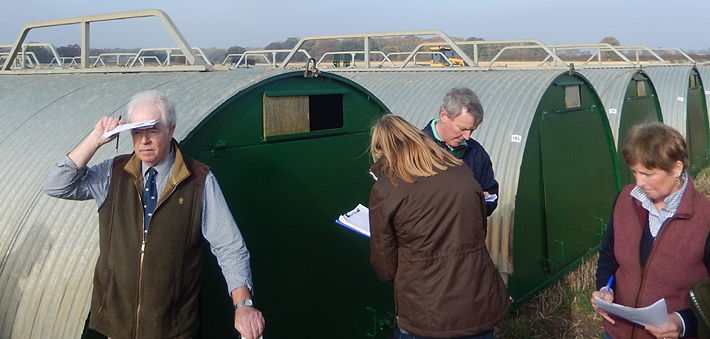The SPP continues to rise and went up this week by 0.93p to stand at 197.40p. This comes in stark contrast to the situation on the other side of the Channel, where EU pig meat prices are continuing to surge ahead and the influential German producer price has followed last week’s 8 cent rise with a further 7 cents this week and puts their reference price up to €2.00, equivalent to 169p/kg in real money.
This upward trend has yet to be reflected by all of the big players in the UK weekly contribution price matrix, although Karro have finally lifted their price this week by 5p to 178p/kg. However, there is still a long way to go before we catch up with the SPP and the top weekly price is still 190p/kg.
However, despite the recent price improvements, foreign pig meat is still undercutting domestic prices to a significant extent and at the same time UK traders are reporting poor retail and consumer demand with many budget conscious shoppers looking away from the meat counters.
Unfortunately, despite a much more active EU pig meat market, little of this has been reflected as far as spot bacon quotes in the UK are concerned with reports of prices in the 185p to 195p/kg range for heavier weights but lighter pigs are now nudging ahead of 200p/kg.
Cull Sows
UK cull sow values have continued to follow the continental pig price rally adding another 7p/kg this week with most export quotes now generally between 61p – 65p/kg, but they still have a long way to go to get back to where they should be.
The Euro has ended the week trading at 84.56p and any further falls in the value of the Euro will be welcome as far as sow meat exports from the UK are concerned.
Weaners
\Weaner prices continue to reflect the rise in the SPP but spot weaners remain harder than ever to find homes for despite prospects of rising finished pig prices in the weeks ahead, mainly because of eye watering production costs and all the other challenges that have to be faced along the way.
Feed Market Trends
There are, however, encouraging signs that feed costs including wheat could be easing back from the recent high levels with reports yesterday indicating that so far 25 vessels loaded with grain from Ukraine have set sail and apparently the monthly target is hoped to be around 100 vessels carrying over 3 million tonnes of grain, as long as the fragile cease fire and grain export corridor can be preserved.
The UK spot ex farm feed wheat weekly average now stands at £245.70/t and futures markets saw £251/t paid for feed wheat in September and £239/t for September 2023. Feed barley for September delivery traded at £241/t and £224/t for September 2023.
Protein values are also continuing to reflect easier trends and saw Hipro soya quoted for September delivery at £478/t compared with £484/t a week earlier and May – October 2023 traded at £424/t. Rapemeal values are sliding as well with September trading at £290/t.
And finally, coming on top of last week’s commentary which reported on the massive increase in slaughtering costs which the industry is facing due to the energy crisis, recent AHDB figures have indicated that only 87 English slaughter houses killed pigs in 2021, which is a decrease of 38 since 2011.
A number of small slaughter houses also recorded significant reductions in 2021, although the 11 largest abattoirs slaughtered more than 100,000 head a year accounting for around 92% of the total and at the top end abattoirs have an 83% market share leaving producers very vulnerable with few alternative slaughter
facilities, especially during periods of breakdowns which have been a frequent feature of the industry in recent times, which is why several of the remaining abattoirs are in need of a complete overhaul.




